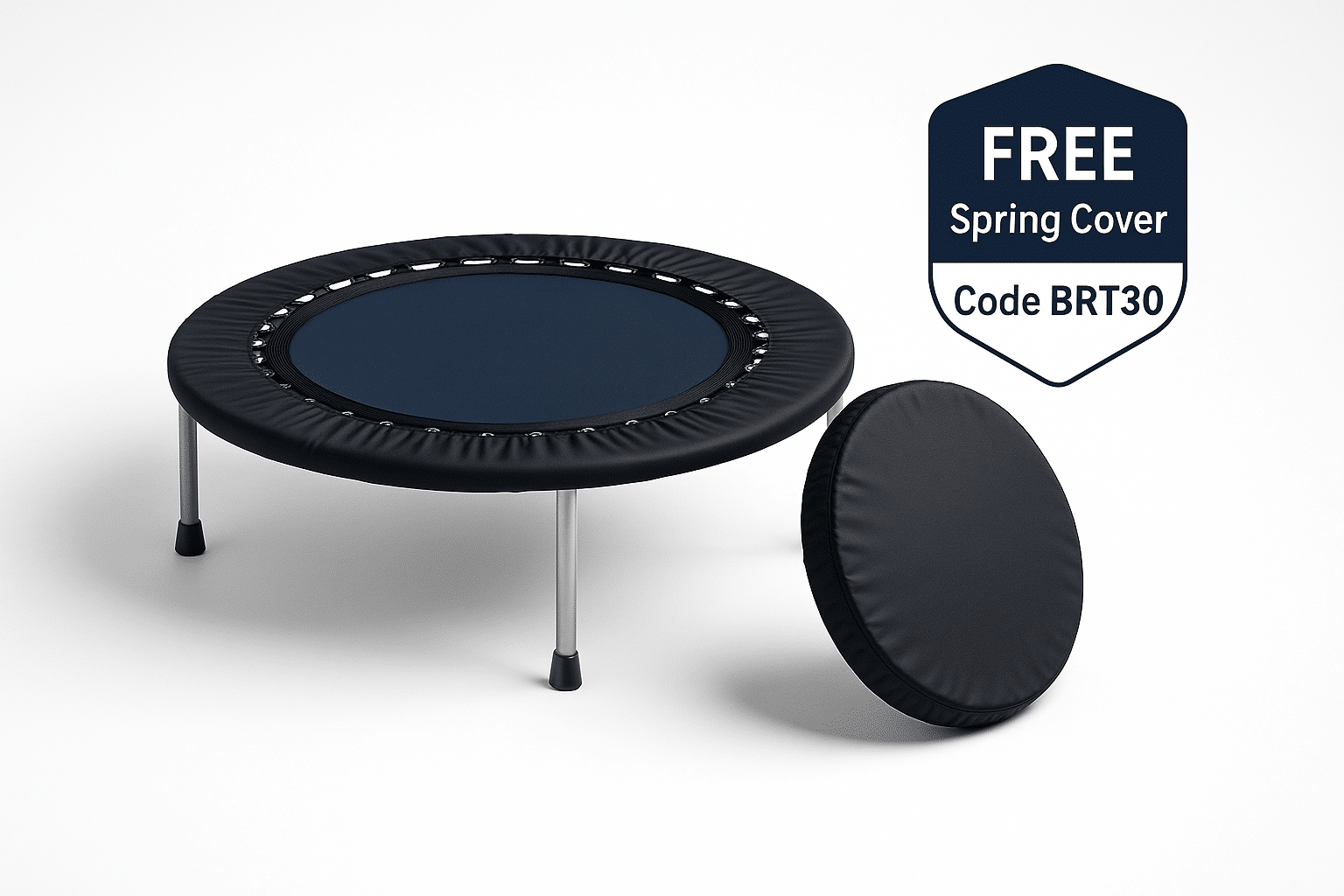FREE SHIPPING SELF-ASSEMBLY MODELS
FREE SHIPPING SELF-ASSEMBLY MODELS
What is the difference between a trampoline and a rebound?
The terms trampoline and rebound (or rebounder) are often used interchangeably, but they actually refer to two distinct types of equipment. A trampoline is typically larger and designed for outdoor use, often seen in backyards and gymnasiums. On the other hand, a rebounder is a smaller piece of equipment intended for indoor exercise, primarily used for fitness and therapeutic purposes.
Size and Design Differences
Trampolines usually measure 8-16 feet in diameter and are equipped with a heavy-duty frame and large springs, allowing for higher jumps. Rebounders, in contrast, have a diameter of about 3-4 feet and are more compact and portable. This smaller size makes rebounders perfect for indoor use and easier to store when not in use.
Purpose and Usage
The primary purpose of trampolines is recreation and entertainment, catering to both children and adults who enjoy jumping and performing aerial tricks. Rebounders serve a more targeted function, focusing on fitness and health benefits. Rebounding exercises are low-impact and provide a cardiovascular workout, which is especially beneficial for those seeking gentle exercise options.
Safety Considerations
- Trampoline: Due to their larger size and higher jumping capability, trampolines pose a greater risk of injury, leading to the necessity for safety nets and padding.
- Rebounder: Rebounders offer a safer, low-impact exercise option, with their smaller surface area reducing the risk of falls and injuries.

Customer Engagement Manager
Michael Carter has been with Best Rebounder Trampoline for over 10 years, leading our customer engagement team with dedication and empathy. He has a background in health and wellness coaching and is committed to helping our readers achieve their fitness goals with personalized support and advice.





